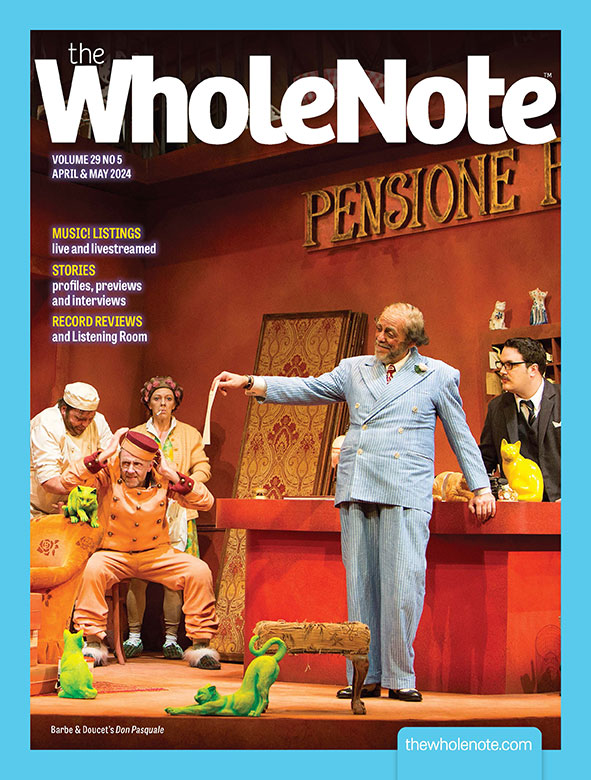And speaking of non-sequiturs ...
Shouldn’t it follow that a mayor making pronouncements about how some city south by southwest of here has, gasp!, “a live music guidebook and a smartphone app…and they help people find live music easily in the city,” would look around to see what we do have before throwing more top-down money to “grow our creative sector as a key to economic growth.” Nothing wrong with the sentiment, John. Just look around carefully at the bailiwick for what’s already invented and make us all part of the solution. (I’ve underlined the previous sentence in the copy of the mag I’m mailing you and put a post-it note on the page. I know (and am glad) you are busy.
“Top down” inevitably means tapped out: “grass roots,” once a beautifully apt metaphor, has long been trampled down to the point of losing its meaning. Why bother when for an executive salary of half a million or so (plus another half million or so in contracting fees) you can lower a giant Christmas tree or festival onto a city square any time you like, and have it appear to be alive for the couple of weeks that people are paying attention. After that? Let the Games begin!
I loved Nuit Blanche long before … that evening last fall, walking through the Market and up the stairs to the roof of the Kensington Parking Garage to watch the people coming from all directions, drawn by grass-roots magic, to watch that laser beam emanating from that roof top, strung like a tight-wire rainbow telegraph, high over Dundas Street, across MY city, to the side of the CN Tower, watching it shimmer as it cut through the rain.
Faithful followers, should make a note of the fact that this (March 19 2015) is the earliest that I have settled on a title for this Opener in the 19 years 6 months and 19 days that this publication has been in print.
And if you like the title, thank WholeNote stalwart, oboist Karen Ages, who interrupted a Perlmaniacal rant about the Bethlehem, Pennsylvania Bach Festival (in which little town Bach’s music was a living part of their liturgy, decades before Mendelssohn pronounced Bach to be risen from the dead)... “Speaking of non sequiturs,” Karen said. “I’m going to get my hair cut on Monday instead, so as not to miss our Friday Directories meeting.”
Musicians with big ones, take note: the best way to protect a large instrument (in this case Ben Stein’s theorbo) while visiting The WholeNote office, is to leave it right out in the open, in the middle of the floor, so that even if the publisher doesn’t see it someone else will, just in time to stop said publisher from putting his foot into it. (The reason for Stein’s visit was to discuss an upcoming feature on A Cappella singing as a genre in the upcoming May issue.)
How Low Can You Get? Good question! Partial answers will be found at Flute Street’s “And the Giant Began to Dance” concert April 12 at Christ Church Deer Park, featuring something called a sub-contrabass flute. And at Associates of the TSO’s “Don’t Always Have Fun Without Me! The Double Bass is Here!” at Trinity-St. Paul’s Centre on April 12 – the very next day. Deep. Very deep.
We called it our Canary Pages because we were advised that certain people would sue our tushies off if we called it the Choral Yellow Pages. Now as we enter the home stretch on our 13th annual Canary pages (the deadline is April 6), the official explanation is that the metaphor derives from the practice of miners using canaries to detect methane gas. No canaries singing means DANGER! CALL THE MAYOR.
publisher@thewholenote.com



